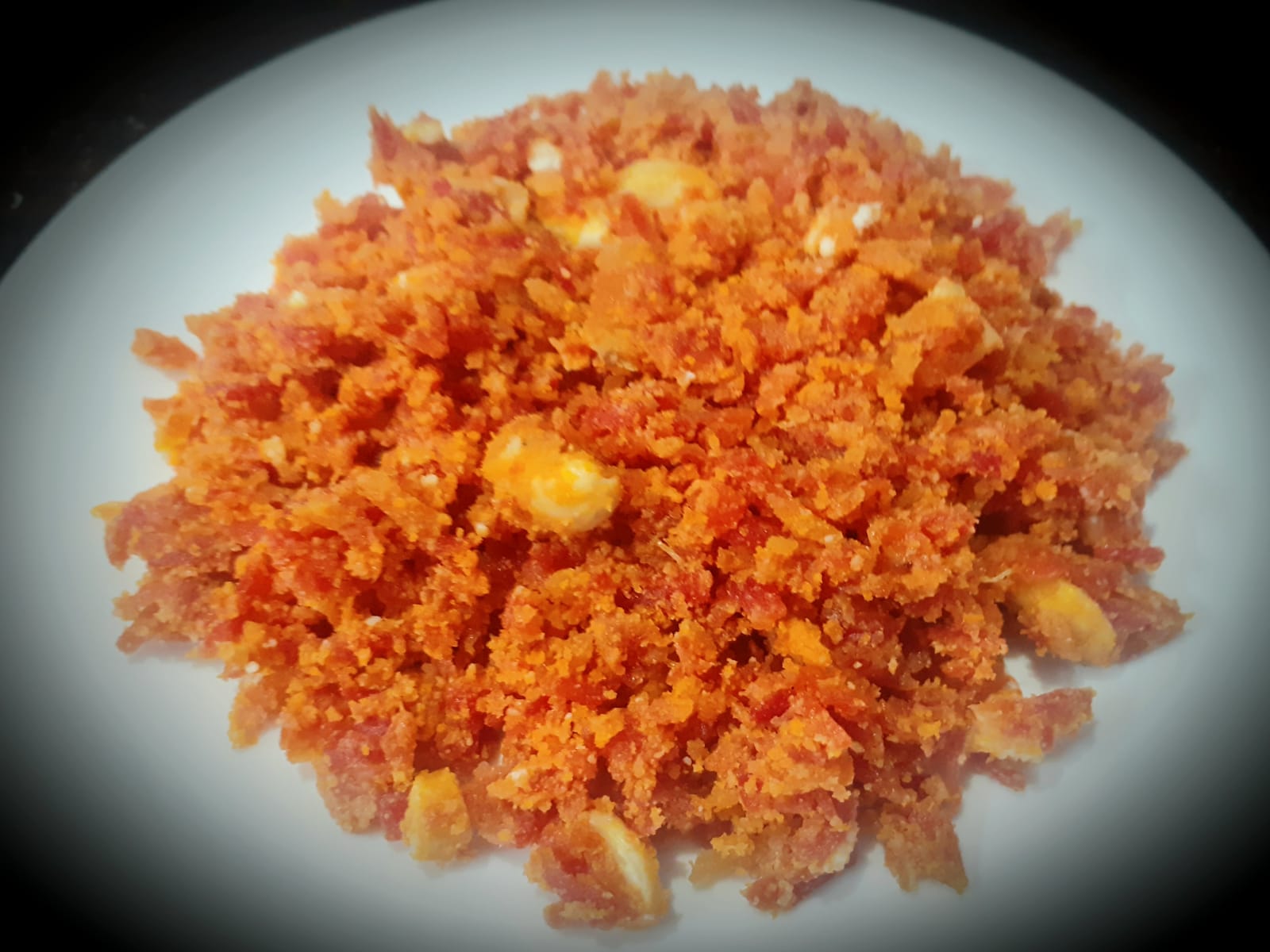In the delightful kingdom of culinary delights, one dish that stands out as a mark of warmth and festivity is Gajar ka Halwa. Originating from the vibrant kitchens of India, this traditional dessert has surpassed boundaries to become a global favorite. Let’s explore the history, status, and the perfect season for savoring this delicious treat.
Historical Roots:
Gajar ka Halwa traces its roots back to the Mughal era, where it was considered a royal indulgence. Initially known as “Gajrela,” this dessert was crafted with precision using carrots, sugar, ghee, and an assortment of aromatic spices. Over time, the recipe evolved, incorporating regional variations and culinary innovations, while preserving its rich heritage.
Importance in Culinary Traditions:
Festivals and Celebrations
The significance of Gajar ka Halwa is deeply embedded in Indian culinary traditions, especially during festivals and celebrations. This decadent delight finds its place on the tables during Diwali, weddings, and other joyous occasions, symbolizing prosperity and sweet beginnings.
Nutritional Benefits of Gajar ka Halwa:
Beyond its irresistible taste, Gajar ka Halwa offers a surprising array of nutritional benefits. Carrots, the star ingredient, are rich in vitamins, minerals, and antioxidants, promoting good health. The combination of ghee and nuts adds a dose of healthy fats, making it a wholesome treat when enjoyed in moderation.
The Perfect Season for Gajar ka Halwa:
Winter Delight
Traditionally, Gajar ka Halwa is a winter delicacy, aligning with the seasonal availability of fresh, sweet carrots. During the colder months, the markets brim with vibrant orange carrots, bursting with flavor. This seasonal alignment enhances the dish’s taste, making it an irresistible comfort food during chilly evenings.
Festive Feasts
The winter season also coincides with various festivals, making Gajar ka Halwa a quintessential part of festive feasts. The warmth and richness of this dessert perfectly complement the festive spirit, creating a culinary symphony that resonates with joy and togetherness.
Recipe for Gajar ka Halwa
Ingredients for Gajar ka Halwa:
- 1 kg fresh Gajar(carrots), grated
- 1 cup full-fat milk
- 1 cup sugar
- 1/2 cup ghee
- Assorted nuts for garnish
How to Make Gajar Ka Halwa:
Instructions:
Grate the Gajar (Carrots): Begin by grating the fresh carrots, ensuring a fine texture for a smooth halwa.
Cooking the Carrots: In a heavy-bottomed pan, heat ghee and add the grated carrots. Sauté until the carrots release their aroma and turn golden brown.
Adding Milk: Pour in the full-fat milk and simmer the mixture on a low flame, allowing the carrots to absorb the richness of the milk.
Sweet Symphony: Gradually add sugar, stirring continuously until the halwa achieves a thick consistency and the sugar is well-incorporated.
Garnish and Serve: Finish by garnishing the halwa with assorted nuts like almonds and cashews. Serve it warm, allowing the flavors to tantalize your taste buds.
Elevating the Gajar ka Halwa Experience:
Modern Twists
While the traditional recipe holds its charm, culinary enthusiasts have embraced modern twists to Gajar ka Halwa. Experimentation with ingredients like condensed milk, khoya, and even exotic spices has led to delightful variations, catering to diverse palates.
Fusion Delights
In the era of culinary fusion, creative chefs have combined the essence of Gajar ka Halwa with other desserts, creating innovative concoctions like carrot halwa cheesecake and Gajar ka Halwa ice cream. These fusion delights bring a contemporary flair to a classic dish, expanding its appeal to a broader audience.
Gajar ka Halwa stands as a testament to the culinary heritage of India, blending history, tradition, and innovation on a single plate. As you embark on this flavorful journey, savor each bite, celebrating the richness of cultural diversity and the joy of indulging in a timeless dessert.
